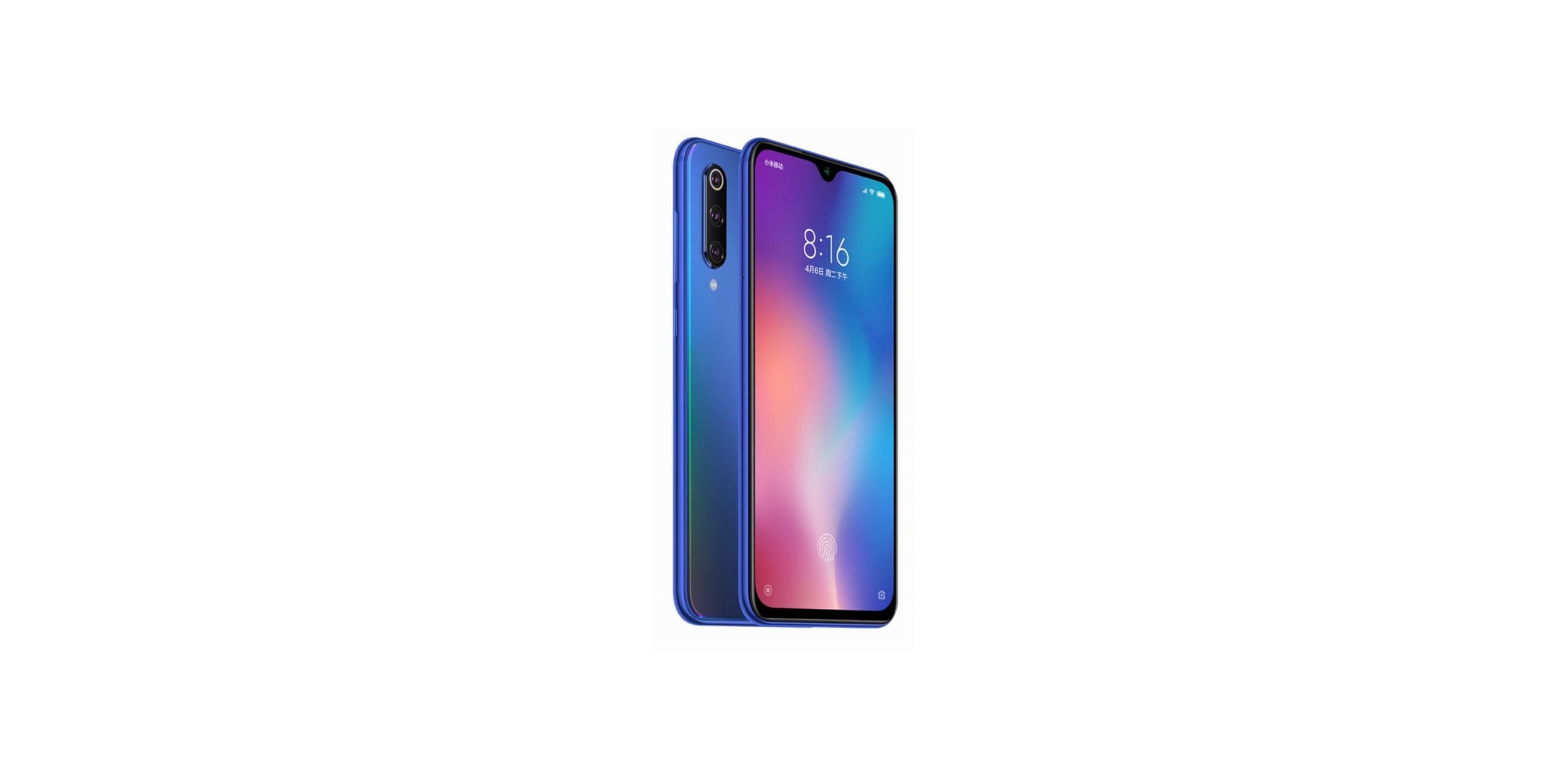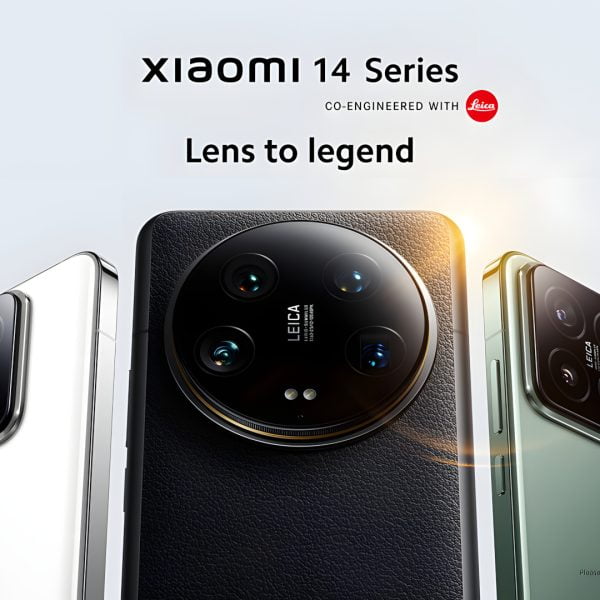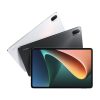Xiaomi Mi 9 SE
Xiaomi has at the 20. February not only that Xiaomi Mi 9, but also presented the slimmed-down Xiaomi Mi 9 SE. The manufacturer wants to kill two birds with one stone and make the new Mi smartphone palatable to both price-conscious buyers and high-end enthusiasts.
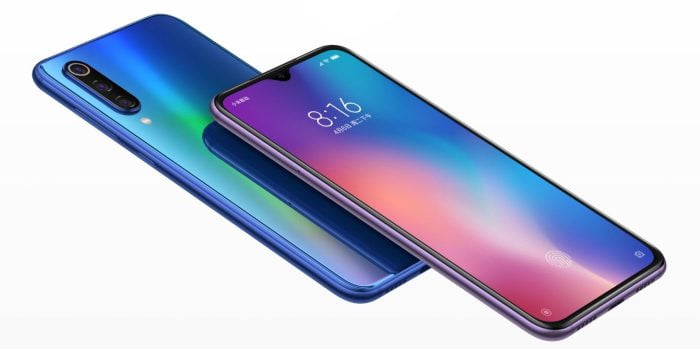
Compact and high-resolution AMOLED
Visually, the Mi 9 SE is largely based on the high-end model. The smartphone is a bit more compact with dimensions of 147.5 x 70.5 x 7.45 mm and a weight of only 155g. The back is made of glass and is available in the shimmering colors of blue, purple and gray. The design feature on the front is a teardrop notch that surrounds the front camera. The fingerprint scanner is invisibly integrated in the lower part of the display.
The built-in display is a 5.97 inch Samsung AMOLED with 2340 x 1080 pixel resolution. With a whopping 432 DPI you will no longer see any pixels with the naked eye. The display brightness, which Xiaomi specifies as 600 cd / m², is also impressive. In sunshine, legibility should therefore not be impaired. The dynamic contrast ratio is 60000: 1. The playback of HDR video material is possible. The panel is protected by break-proof and scratch-proof Corning Gorilla Glass 5. An anti-grease coating ensures better sliding properties and a largely clean display surface.

Processor and memory
The built-in system-on-chip is the Qualcomm Snapdragon 712, which can be assigned to the upper middle class. The Xiaomi Mi 9 SE is the first smartphone to use this chip introduced in early February 2019. The chip is a further development of the Snapdragon 2018 chip presented in May 710 and is intended to close the performance gap between the current Snapdragon 600 and 800 series. Compared to the Snapdragon 710, the performance has been increased by 10%. A total of 8 processor cores are divided into a performance cluster with 2 Kryo 360 Gold cores (2.3 GHz) and an energy-saving cluster consisting of 6 Kryo 360 Silver cores (1.7 GHz). The graphics unit is an Adreno 616 GPU, with which current mobile games can be played smoothly. The SoC achieved just over 180.000 points in the AnTuTu benchmark.
In terms of memory, the smartphone uses a 6GB LPDDR4X 1866 MHz dual-channel main memory and an optional 64GB or 128GB UFS2.1 data memory. A memory expansion using a microSD memory card is not possible.
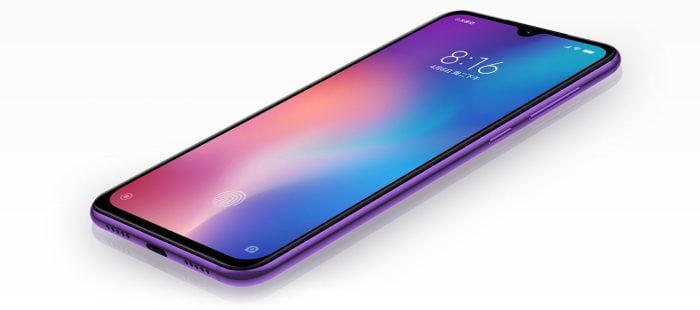
Camera
As well as that Xiaomi Mi 9 the Mi 9 SE uses a triple main camera. However, the sensor technology differs from the high-end model. The main sensor is the 48 megapixel Sony IMX586 image sensor with f / 1.75 aperture. The second sensor with telephoto lens and f / 2.4 aperture is not named and only has a resolution of 8 megapixels. There is also no precise name for the third sensor with a super wide angle. This has a resolution of 13 megapixels and uses an f / 2.4 aperture.
The functions of the main camera are largely identical to its big brother. There are all kinds of AI bells and whistles, a 960 FPS slow motion mode (720p), a super night mode and various portrait modes. The triple camera records videos with maximum 4K resolution at 30 frames per second. The front camera has a resolution of 20 megapixels and also relies on numerous AI functions (beauty filters).
Connectivity, battery and others
First of all: the Chinese Mi 9 SE surprisingly does not support LTE Band 20! A Xiaomi Mi 9 SE Global with extensive cellular support is expected to be announced at MWC 2019. A total of two nano SIM slots are available. Both slots are 4G LTE-capable and support VoLTE. Here is an overview of your individual frequency bands of the Chinese model:
| Mobile radio frequencies / bands |
| GSM: B2 / B3 / B5 / B8 CDMAlX / EVDO: BC0 WCDMA: B1 / B2 / B5 / B8 TD-SCDMA: B34 / B39 TD-LTE: B34 / B38 / B39 / B40 / B41 FDD-LTE: B1 / B3 / B5 / B7 / B8 |
The Mi 9 SE is wirelessly equipped with a Dual-AC MU-MIMO WiFi module and a Bluetooth 5.0 module. The Bluetooth codecs AAC / LDAC / aptX / aptX-HD are available, but the new aptX-adaptive codec is missing. The operating system is MIUI 10 based on Android 9 Pie. In addition to conventional smartphone sensors, the mobile device offers an infrared transmitter to control televisions. NFC is available and can be used for mobile payments. There is no 3.5 mm audio jack. The capacity of the (non-exchangeable) battery is 3070 mAh. This can be charged via USB-C with up to 17 watts. Wireless charging is not possible.

assessment
For nearly 300 € Xiaomi receives a well-equipped smartphone of the upper middle class. Especially the new Qualcomm Snapdragon 712 SoC and the lush memory promise a consistently fluid user experience. Unfortunately, this device also lacks the common LTE band 20, which is why you should be patient with an import. Xiaomi is expected to introduce a Xiaomi Mi 2019 SE Global to the MWC 9 that supports additional frequencies.
As soon as we get test copies of the Xiaomi Mi 9 SE, the detailed test report will follow in the appropriate place!

